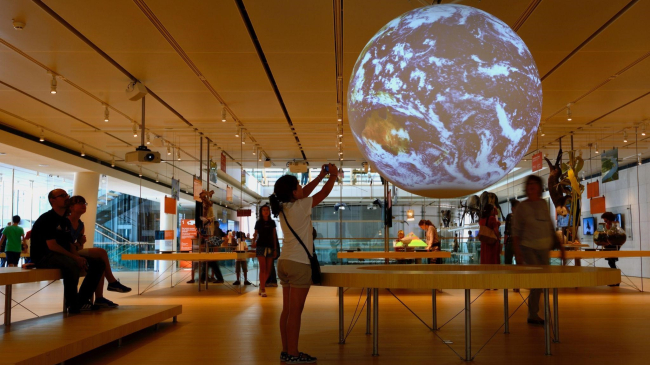Aquaculture, the fastest growing form of agriculture in the world, has the potential to create jobs, support resilient working waterfronts and coastal communities, and sustainably produce healthy food. As U.S. aquaculture grows, aquaculture resource managers and their partners have the opportunity to shape a community that is diverse, inclusive, and accessible. Integrating perspectives from tribal and Indigenous groups who have important histories and expertise with aquaculture is a critical step of this process.
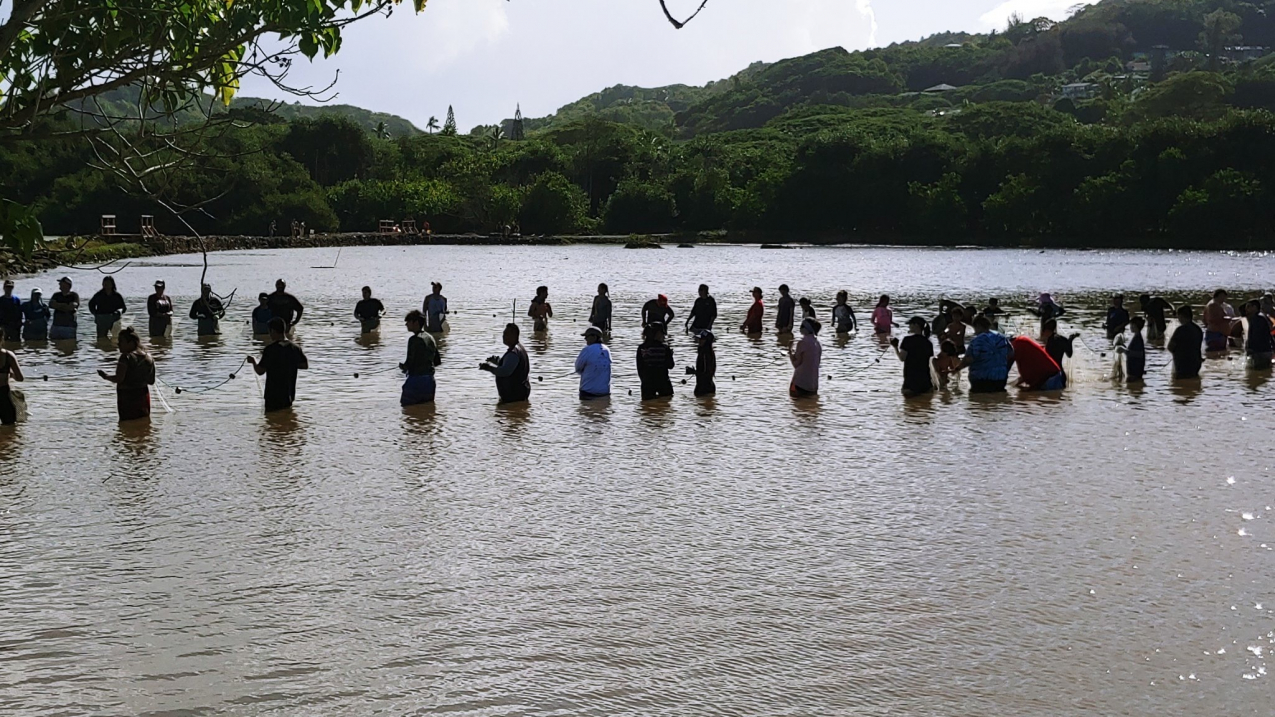
Visitors gather with community members at a Hawaiian loko iʻa (fishpond) to learn about Native fishpond aquaculture and restoration. (Image credit: Lindsey Pierce/Environmental Specialist at the Central Council of the Tlingit and Haida Indian Tribes of Alaska)
On June 3, 2021, NOAA’s Community of Practice for Aquaculture Literacy (CoPAL), in collaboration with the eeBLUE partnership offsite link, facilitated a discussion highlighting the diversity of experiences and perspectives of Native communities and how to build meaningful partnerships with them. Panelists included:
- Ala̱g̱a̱mił (Nicole) Norris, Knowledge Holder offsite link and member of the Halalt Nation offsite link, a Hul'qumi'num First Nation offsite link
- Blair Paul, Shellfish Biologist for the Skokomish Tribe offsite link and member of the Tlingit Tribe offsite link of Alaska
- Hokulani (Hoku) Kaʻaekuahiwi Pousima, Natural Resource Management Specialist at NOAA Fisheries Pacific Islands Regional Office and Fisheries Representative for Papahānaumokuākea Marine National Monument
- Kevin Donner, Great Lakes Fisheries Biologist at the Little Traverse Bay Bands of Odawa Indians
- Melissa Poe, Social Scientist at Washington Sea Grant offsite link and Coordinator of the Cross-Pacific Indigenous Aquaculture Collaborative Network offsite link
As panelists shared their experiences and insights, they reflected on Teaching Through the Four R's of Indigenous Education: Respect, Relevance, Reciprocity and Responsibility offsite link, and a common theme emerged around an additional three “R’s” — rights, reconciliation, and relationships — in building tribal and Indigenous partnerships.
Respect
It’s a privilege to work side-by-side with stewards of these lands.
As a non-Indigenous person coordinating and collaborating with a network of Indigenous aquaculturists from around the Pacific, social scientist Melissa Poe believes that respect is the keystone to meaningful partnerships. Tribal and Indigenous groups are part of “cultural ecosystems that are rooted in thousands of years of knowledge,” she said. Poe explained that partnerships need to respect Indigenous knowledge and practice offsite link, and this can include giving prominence to original languages, family histories, and traditional ethics.
This respect extends to resource management. Blair Paul, shellfish biologist for the Skokomish Tribe, explained that, “Partnerships happen to maintain these resources, but [they require] an atmosphere of respect to co-manage these resources.” In order to build a resilient industry supported by an informed public, partners should engage in community-to-community sharing and invest in long-term relationships with many different partners, including Indigenous groups.
Relevancy
... some agencies don’t understand that a ‘look don’t touch’ method doesn’t work for us.
As a knowledge-holder and liaison for her Halalt First Nation, and fondly known as the “clam queen” for her exceptional work with the Pacific Northwest clam gardens offsite link, Nicole Norris often encourages her academic partners to look up from their lab benches and truly connect with the environment that they work in. "It’s difficult to communicate with heavy academics, because they focus so deeply on investing in a topic that they’ve forgotten how to listen and feel in the environment," she said. Other panelists agreed with this need for a connection to a resource. “[In Native management] there’s an emphasis on using the resources we are working on and with,” said Kevin Donner, fisheries biologist for the Little Traverse Bay Bands of Odawa Indians. “The relationship between the people and the animal is so important to the Odawa, and some agencies don’t understand that a ‘look don’t touch’ method doesn’t work for us.”
When it comes to the classroom, Norris reflected that when her daughter was learning about biology in school, “There wasn’t any mention of First Nations and the environment that we live in,” she said. “Then, at home with our elders, you listen to them talk about those same types of practices but in a more relevant and natural way.” Echoing this sentiment, Poe advised educators to connect what they are teaching to the knowledge these communities hold. Native community members have rich and insightful perspectives that are relevant to today’s challenges, including lessons on changing climates, community resilience, and resource management passed down from their elders.
Reciprocity
My community thrives when they feel they are being heard, rather than being spoken to.
Reciprocity means that the values and benefits of partnerships—such as sharing knowledge, investing resources, and making decisions—flow in both directions with two-way conversations that empower Native perspectives. This reciprocity should also be extended beyond human relationships and include relationships between nature and human communities to build sustainable aquaculture. As Kevin Donner explained, “The [Little Traverse Bay Bands of Odawa Indians] have a long history of trade. Bringing something to the table is important, and this can mean time, money, plans, and even ‘gifts.’”
Partners can also create stronger, more engaging education and outreach programs by consulting with tribal and Indigenous partners throughout the entire planning process. For example, Norris is collaborating to encourage aquariums and hatcheries to include traditional names for species and their translations into their exhibits and materials. Many of these names include descriptive traditional knowledge about the organisms (for example, “ʻīlioholoikauaua” is the Hawaiian word for the Hawaiian Monk Seal. It translates to “dog running in the rough” given the similar sounds Monk Seals make to a dog's bark, and where they were typically observed by humans in the nearshore areas). Including traditional names for species and their translations not only provides a space for Native people to share their culture and feel represented, but it also brings in additional context to help viewers of all backgrounds learn about these species.
Responsibility
Be aware that it’s important to produce a food resource that is sustainable long-term and benefits multiple groups that rely on it.
As a Native Hawaiian whose law school thesis focused on the rigorous permitting process that was preventing the perpetuation of traditional aquaculture practices in Hawaiʻi, Kaʻaekuahiwi Pousima noted that a sense of responsibility is the backbone of evolving practices with Native Hawaiian fish ponds. To be successful, each group needs to be intentional and explicit about their roles and create space to hold conversations with all partners early and often. Being flexible with the process, listening to each partner’s goals and needs, and being patient are important responsibilities for all involved. As Donner put it, “Honesty and transparency in sharing intentions are beneficial. Identifying who does the work and identifying what their needs are is how it works.”
Similarly, a sense of mutual responsibility is an important component of strengthening relationships between the environment and communities. In teaching about centuries-long practices, it is the responsibility of partners to celebrate this knowledge and to incorporate it into a holistic view of resource management. As we looked ahead at the future of sustainable aquaculture practices, Norris points out, “It is our responsibility to take care of the land and each other.”
Rights
Tribes have their own government and [their] own structure.
Blair Paul’s work as a shellfish biologist informs co-management and shared quota allocations between tribes and Washington state residents. Paul explained that, “When outsiders come in to work together, people need to understand that they are working within a tribal government. The Tribe has a say on what happens in their waters.” The history behind their rights, sovereignty, and relationships to other government agencies is incredibly important for understanding tribal and Indigenous involvement in sectors like aquaculture. The panelists noted that this history and underlying concepts are not often taught in schools or integrated into messaging with the general public.
Paul shared that one influential turning point was the Boldt Decision, a 1970s federal lawsuit in Washington that set the foundation for tribal, and state regulations in practice today. It reaffirmed the federal treaty reserved right of American Indian tribes in the State of Washington to fish and harvest resources in usual and accustomed areas, and to act alongside the state as co-managers of salmon and other fish. As aquaculture expands, having tribal communities as valued partners and understanding the importance of co-management can help build — and teach — stronger and more inclusive practices. Through teaching these seminal moments in history, aquaculture leaders can learn from the past and approach tribal and Indigenous partnerships with more knowledgeable perspectives.
Reconciliation
Nurture the relationship between us and our ancestors, between us and our sacred sites we have always harvested from.
Rebuilding trust and reconciling relationships to foster lasting partnerships reaches beyond simply acknowledging the painful history in colonized land and waters. Effective partnerships are built on ensuring that Native knowledge and expertise are genuinely integrated into sustainable practices.
Norris explained that, “[Reconciliation] is about being mindful, respectful, caring, and open-minded.” Many schools do not integrate Native, First Nations, or Indigenous values into teaching subjects like biology and conservation, which not only hinders non-Native students’ understanding of their perspectives and history, but also creates a barrier to Native youth seeking connection with their elders and their own community’s values. Each community has different experiences with Western colonialism. As Kaʻaekuahiwi Pousima pointed out, “... even in Hawaiʻi, each island is different, and the key to working with each community is understanding their individual needs with time and patience.”
Relationships
The importance of relationship-building cannot be understated.
As someone who works for the Little Traverse Bay Bands of Odawa Indians to support aquaculture partnerships across sectors, Donner underscored the sentiment that relationship building can’t be approached as just checking off a box.
Creating lasting relationships with tribal and Indigenous partners takes effort, but these efforts can yield big impacts for inclusion and collaboration that moves sustainability forward for everyone. “Hawaiians have a gift of making friends with just about everyone. Be open to that,” said Kaʻaekuahiwi Pousima. Kaʻaekuahiwi Pousima practices “i ka wā ma mua, i ka wā ma hope," which in English loosely translates to “looking back to inform the future.” She advises aquaculture community members to examine the wisdom and knowledge of Indigenous ancestors to inform modern day processes and place value on new and existing relationships with each other and with the environment.
Panelists and contributing authors
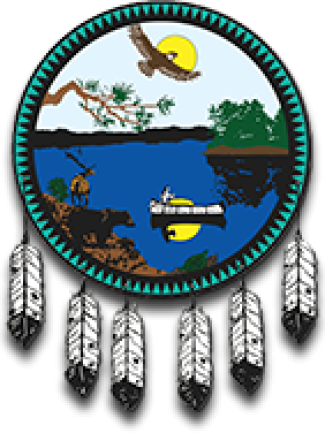
Kevin Donner is the director for the Little Traverse Bay Band of Odawa Indians Great Lakes Fishery Program. As the Tribe adapts to changes in the Great Lakes, Donner works to evolve subsistence fishing programs, recirculating aquaculture systems, and conservation efforts. He also supports the integration Native perspectives into resource management, acknowledging the sacredness that influences how those resources should be managed.
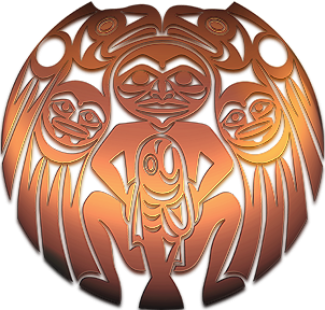
Ala̱g̱a̱mił Nicole Norris is a member of the Xeáltxw, Halalt First Nation. With over 25 years in the aquaculture industry and a love for the sea, she continues to share her expertise on many platforms as an aquaculture specialist and knowledge holder for the Hul’q’umi’num. Norris is also an intergovernmental communicator and cultural support worker sharing her insight and gifts across three territories.
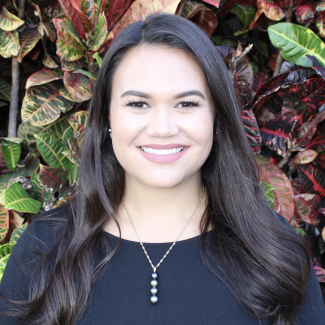
Hoku Kaʻaekuahiwi Pousima is a Natural Resource Management Specialist with NOAA Fisheries Pacific Islands Regional Office Marine National Monuments Program. Her day-to-day duties include providing management oversight to the four Pacific marine national monuments, with much of her time focused on environmental policy and Papahānaumokuākea Marine National Monument. Her background is in Native Hawaiian Law and Environmental law, with a focus on Native Hawaiian rights and traditional and customary practices. Kaʻaekuahiwi Pousima's law school thesis was titled "Pakahi ka nehu a kapiʻioha: Regulating traditional Native Hawaiian fishponds out of existence" and examined the rigorous permitting process that was preventing the perpetuation of traditional aquaculture practices in Hawaiʻi. She is from Makaha, a rural beach community on Oʻahu's Leeward Coast and can be found playing in the shore break and tide pools that she grew up in when she isn't at work.
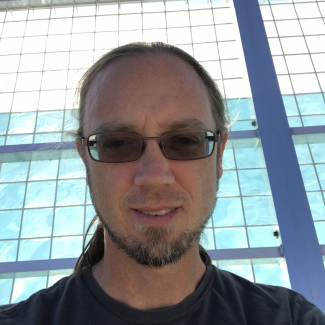
Blair Paul is a Seattle native, a tribal member of the Tlingit tribe of Alaska, and has been involved in various aspects of the shellfish and microalgae cultivation industries for over 15 years. Paul started by obtaining a master’s degree from Western Washington University and his work has included managing shellfish hatcheries, founding a consulting company servicing start-up microalgae and shellfish companies throughout the US, in addition to his current employment managing wild populations of shellfish for sustainable harvests on long term time scales. Most of Paul’s technical experience revolves around microalgae, clam, geoduck, and oyster cultivation, along with supporting the data needs of the crab and shrimp fisheries. Paul has been employed as a shellfish biologist in the Hood Canal since 2012, and with the Skokomish tribe, primary rights holder of the Canal, since 2016. The majority of his current employment duties are involved in the co-management process for shellfish. Paul conducts and researches population estimates or test fisheries that inform models developed for quota setting with equal shares of the harvestable biomass allocated between tribes and Washington state residents. Paul is additionally involved in the Skokomish tribe’s intertidal lease program that is expanding tribal aquaculture in the region.
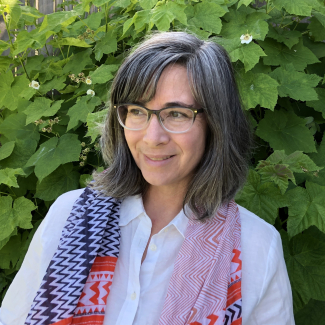
Melissa Poe is a social scientist at Washington Sea Grant. She earned a Ph.D. in environmental anthropology from the University of Washington, with a specialization in ethnoecology, Indigenous resource management, community-based participatory action research, food systems and well-being. Poe collaborates with Northwest Tribes and First Nations on intertidal cultural-ecosystems and traditional knowledge such as clam gardens, herring spawn on kelp, and climate resilience. She is the coordinator for the Cross-Pacific Indigenous Aquaculture collaborative.


